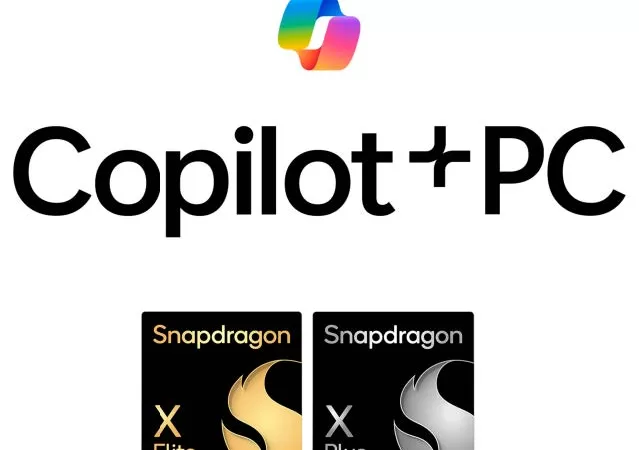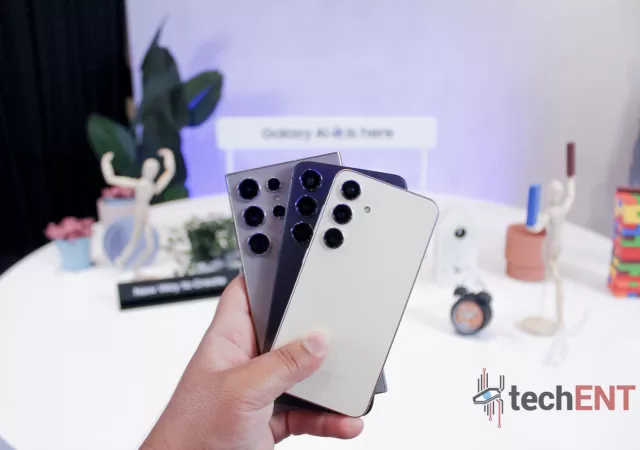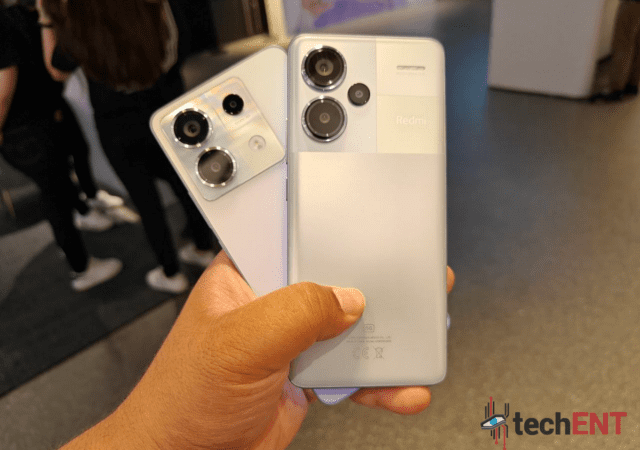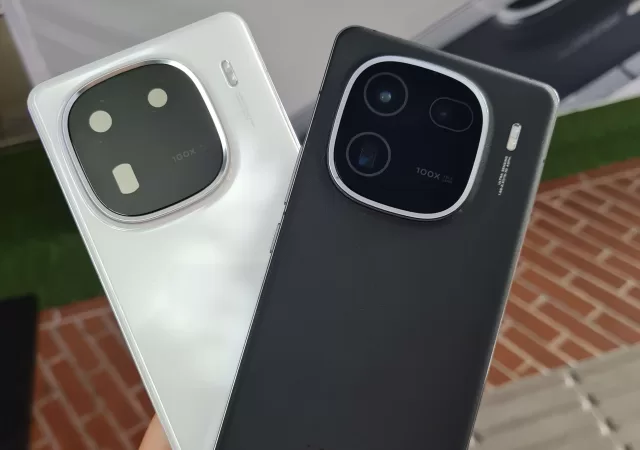Acer supercharges its Swift line up with the Snapdragon X powered Swift 14 AI Copilot+ PC.
Qualcomm Snapdragon X Elite Debut with over 20 Copilot+ Laptops to take on Apple Silicon
Qualcomm’s Snapdragon X SoCs debut with over 20 Copilot+ PCs heralding a change in PC paradigm with Microsoft and its Partner OEMs.
ASUS Announces First Copilot+ PC: The ASUS Vivobook S 15 with Qualcomm Snapdragon X Elite
ASUS announces its first Copilot+ PC running on Qualcomm’s Snapdragon X Elite SoC. The laptop doesn’t cut corners or skimp on features.
ASUS Teases Next-Level AI PCs To Be Revealed on May 21, 2024
ASUS teases an event announcing more AI PCs for 2024 happening on May 21, 2024 (Malaysian Time). Here’s what we think is coming!
Sony Unleashes Xperia 10 VI Midrange Smartphone
Sony announced the Xperia 10 VI along side its flagship Xperia 1 VI bringing a similar creator focused device to a more affordable price point.
Sony Unveils New Xperia 1 VI Complete with Partnership with Activision
Sony announces its new flagship smartphone – the Xperia 1 VI – that brings together know how from across the organisation into one device.
US Revokes Chip Sales Licenses for Huawei Escalating Tech Tensions
US revokes licenses allowing access Huawei access to chips required in its product line up.
Samsung Pushes Boundaries with a Renewed Galaxy S24 Series
Samsung announces its new Galaxy S24 series that brings Galaxy AI front and center and a new, innovative Quad Tele System.
Xiaomi Unveils the Redmi Note 13 Series with Killer Specs at Killer Prices
Xiaomi unveils its new mid-range champion the Redmi Note 13 Series with large camera sensors, powerful processors and large displays.
iQOO 12 Brings the Snapdragon 8 Gen 3 to Malaysia for RM3,399
iQOO 12 is the phone for gamers looking to level up – gaming performance with a sleek, classic design. Get the best performance with the Snapdragon 8 Gen 3, plus the iQOO 12 Legend’s pearlescent white finish and BMW M Motorsport stripes.












